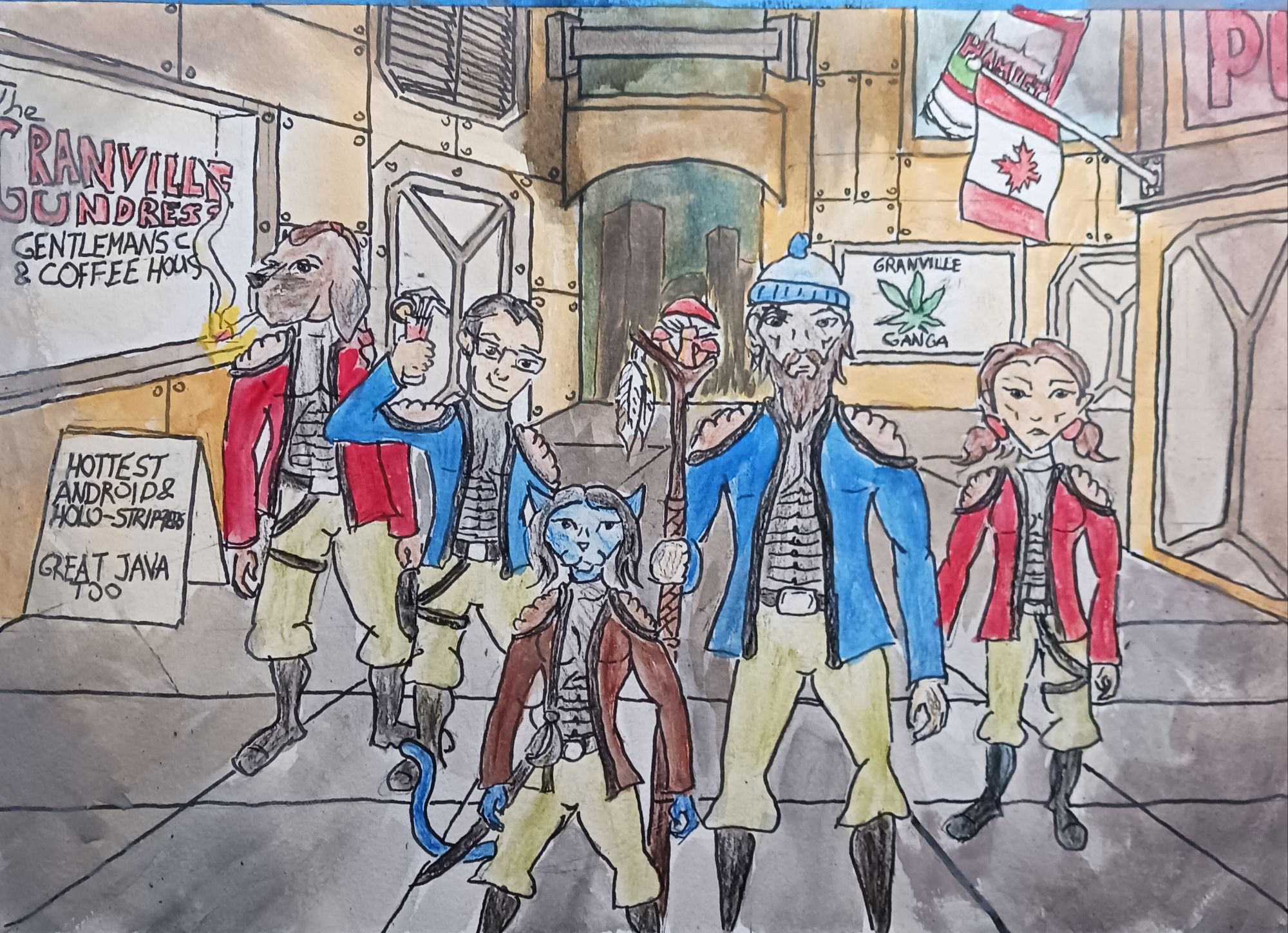In the quest to create a thrilling and physically demanding version of curling, the pioneers of Full-Contact Curling faced the formidable challenge of establishing a set of rules that would balance intensity with fairness. This chapter explores the key moments and decisions that shaped the unique regulations and gameplay strategies of the sport.
1. The Birth of Contact: From the early days of experimentation, it became evident that physical contact would be a defining feature of Full-Contact Curling. However, the pioneers faced the task of determining the boundaries of acceptable contact. Through rigorous trial and error, they established rules that allowed for strategic and controlled physical engagement while ensuring player safety.
2. Stone Manipulation: A pivotal aspect of Full-Contact Curling lies in the interaction with the stone itself. The pioneers recognized the potential for the stone to be utilized not only as a scoring tool but also as a means of creating impactful moments on the ice. They refined the rules surrounding stone manipulation, such as the requirement for the stone to remain in contact with the ice for a specified duration before it can be used as a projectile.
3. Combat Zones: To heighten the intensity of the game, designated combat zones were introduced on the ice. These zones allowed for more aggressive player interactions, encouraging strategic positioning and calculated confrontations. The boundaries and regulations within these zones were carefully defined to maintain a balance between physicality and fairness.
4. Penalty System: The pioneers recognized the need for consequences to maintain sportsmanship and deter excessive aggression. A penalty system was established to address fouls and violations, with penalties ranging from temporary removal from play to more severe repercussions for egregious acts. The penalty system played a crucial role in upholding the integrity of Full-Contact Curling and ensuring fair competition.
5. Team Dynamics and Strategy: Full-Contact Curling introduced a dynamic shift in team dynamics and strategy. As the game incorporated physical engagement, teams had to devise new tactics and formations to exploit opportunities and counter opponents’ moves. The pioneers of the sport experimented with various team compositions, positioning strategies, and communication methods to maximize their chances of victory.
6. Player Safety: Despite the inherent physicality of Full-Contact Curling, player safety remained a top priority. Extensive measures were taken to minimize the risk of serious injuries, including the use of protective gear, stringent officiating, and ongoing research and development of equipment and technology to enhance player safety without compromising the spirit of the game.
As Full-Contact Curling continued to evolve and gain traction across the Canadian Expanse, these foundational rules and principles formed the backbone of the sport. They provided a framework for players and teams to engage in exhilarating battles on the ice while maintaining the essence of curling’s strategic and competitive nature.
Join us in Chapter 3: Legends of the Ice, where we delve into the iconic figures and memorable moments that have shaped the legacy of Full-Contact Curling, forever etching their names in the annals of this extraordinary sport.





